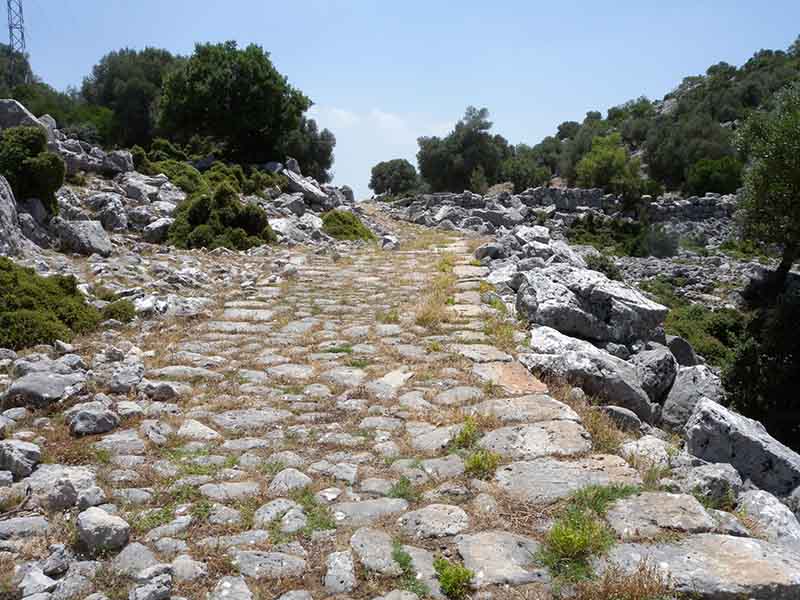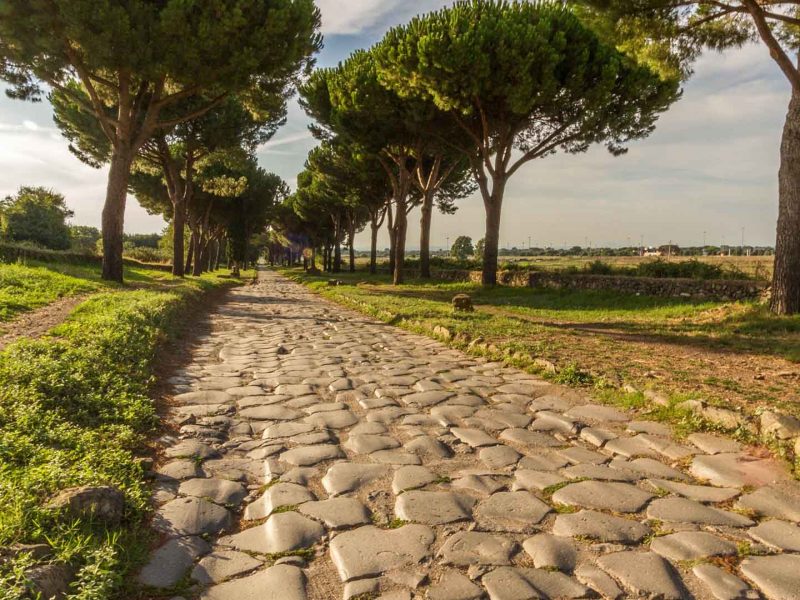The Roman Empire was built on a piece of land which extends toward the Mediterranean. It was strategically positioned to be protected from the enemy and to be advantageous to trade. However, its main strength was the great network of Roman stone roads. The Empire created thousands of kilometers of stone roads to Rome, which depicted an idiom “all roads come to Rome”.
The Empire had continued the developments from before BC period. They invaded and migrated across the entire peninsula. Rome could have managed to control the entire Mediterranean by 50 BC. Over time, both commercial and architectural areas continued to develop and much about Roman life and civilization persists to the present time. Ancient roads reflect the history of the Roman Empire. Roads that were built in that time period were part of a large network, and Turkey is included in it.
The road system features 372 connections and is approximately 85,000 km long. Milestones were added on the roads after 124 BC. The milestones were made from stone that indicated the kilometers, then the stones were placed on the sides of the road. According to research, the milestone was used to facilitate transportation and make discoveries and conquests simpler. Moreover, because it was not easy to collect taxes at that time, it was possible to know who was in the region thanks to the milestones. So, tax collection work was made much more efficient and practical.
A road of about a half kilometer had been built during the golden age of the Empire. The Romans invented a measuring device called “Goruma.” Thanks to this tool, the road provides a flat surface and the ideal width. Corner measurements are different because it is difficult to maintain an exact measurement. According to Roman law in the 450s BC, the widths of roads must be 8 meters in flat areas and 16 meters wide where there are twists and bends.

Roman Road System
Building roads and then road maintenance have always been part of the Empire’s ideology. While Rome was a smaller residential area, highways were only used to transport goods. Different roads were built for movement of armed forces. Although poor governance and external occupation were detrimental, the Roman Empire has long survived thanks to this well planned transportation system. In this case, we can say that roads were vital to the Romans’ development strategies.
Today, Roman roads are protected as monuments. Over the centuries, the Romans built roads across more than thirty countries. The “Via Appia” track was the first important highway during 2 BC. The Brundisium, a.k.a present-day Brindisi, was a port city, and the Appia road interconnected Rome to it. The Emperor Traian period’s roads had an entirely unique architecture. These roads were prepared by carving and were parallel to the river, far from the hills. Excavated pits were filled with stone and sand, then covered with gravel to obtain a stable base. Finally, clay was added to the aggregate mixture and roads were built from with flagstones. Milestones were positioned at a distance of 1000 steps apart. The emperor’s name and settlement area were also written on the stones.

Via Sebaste
Via Sebaste is one of the Roman roads, built to protect against the Cilician pirates. When looking at the milestones on this road, it is clear that it was built during Roman Emperor Augustus’ 40-year reign. The road starts from Yalvaç and goes to the Şarkikaraağaç area (formerly named Neapolis), passing by Konya, Beyşehir, and Side. It is thought to have been built in 2 BC. The roads go to Tarsus and to Syria via Mesopotamia. There are caravanserai remains surrounding the roads, as well as a necropolis area, an agora (or a square), cisterns, and sarcophagus lids.
The Roman roads have been restored over time. Today, they are ancient treasures that interconnect all Anatolian cities. However, most of the roads have disappeared due to natural decay. In particular, the roads in mountainous regions and straits could have survived until today, but the roads located in agricultural areas and settlement areas have disappeared because of overuse. According to research, it was necessary to walk for about 20 days from today’s Ankara (Ancyra) to Istanbul (Chalcedonia) via Roman roads. Other roads of ancient Rome are Via Aurelia, Via Domitia, Via Delapidata, Via Flaminia, Via Egnatia, Via Militaris, and Via Postumia. Besides these, most of the real names of the roads were not passed on to today, or have been changed.

